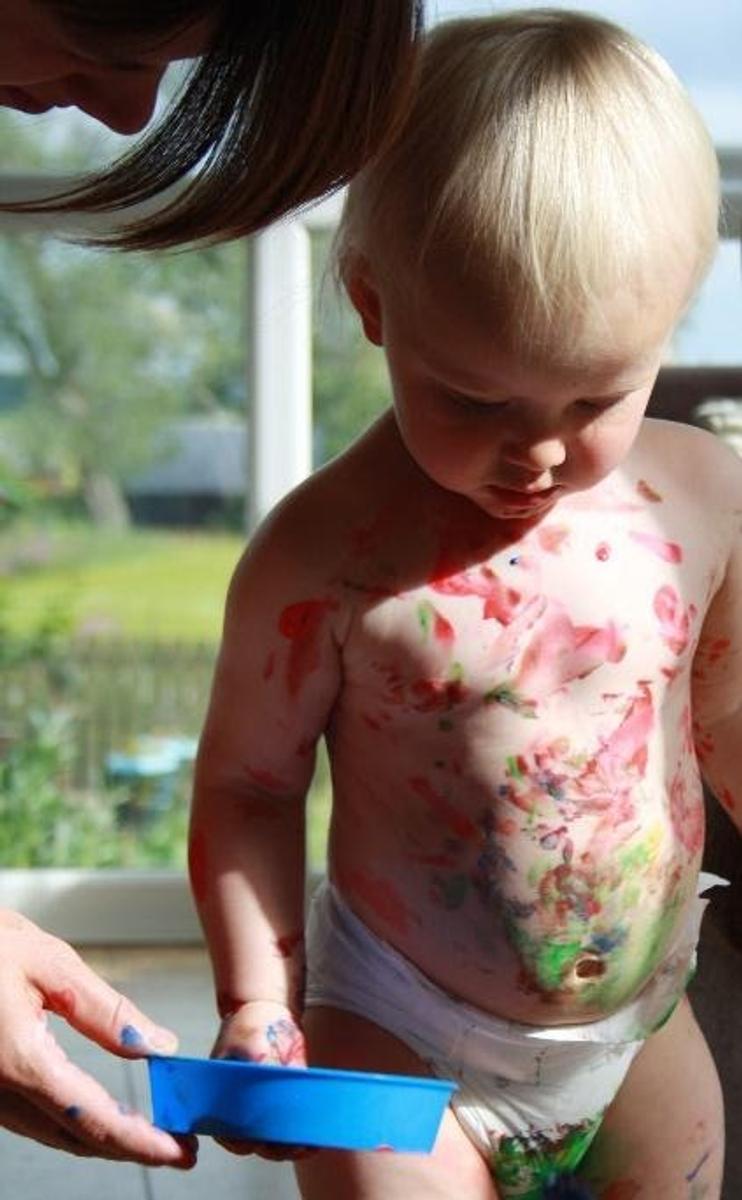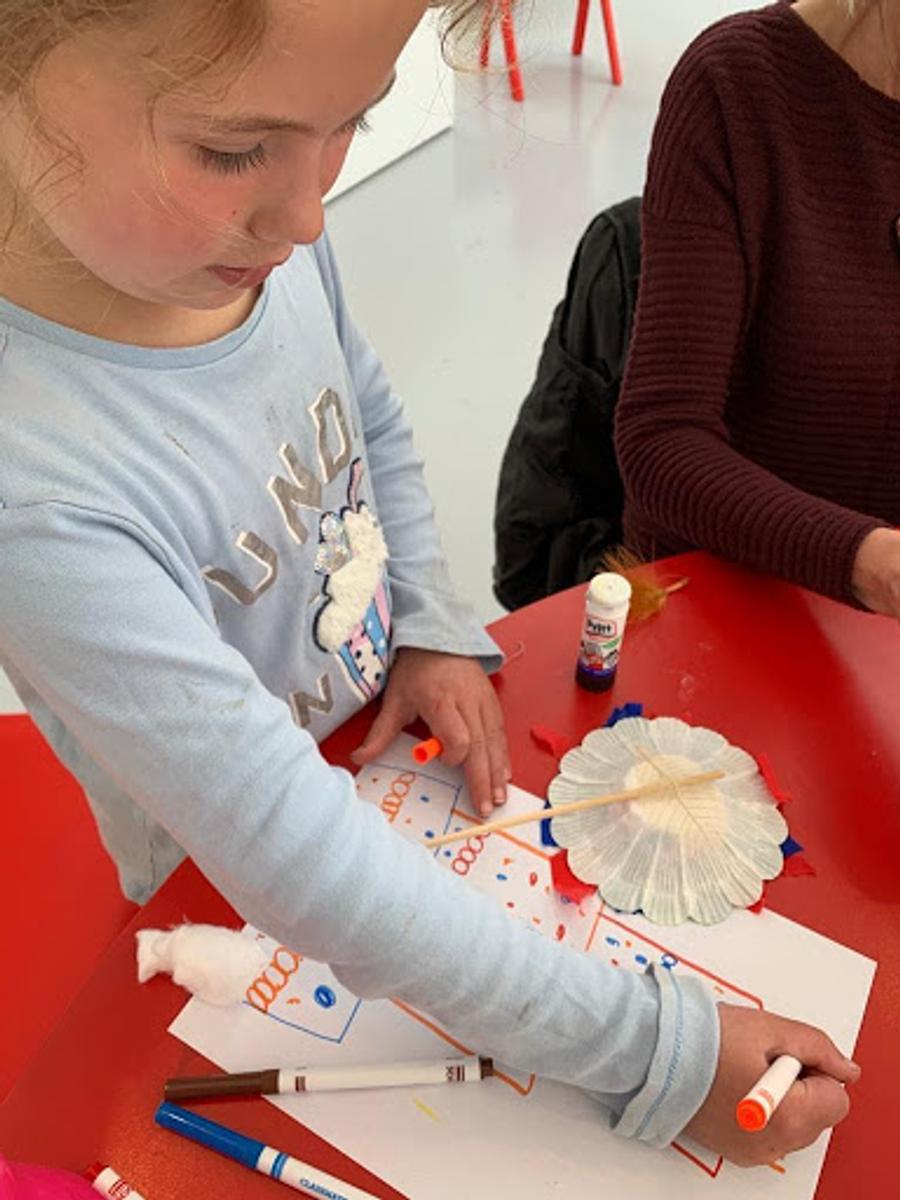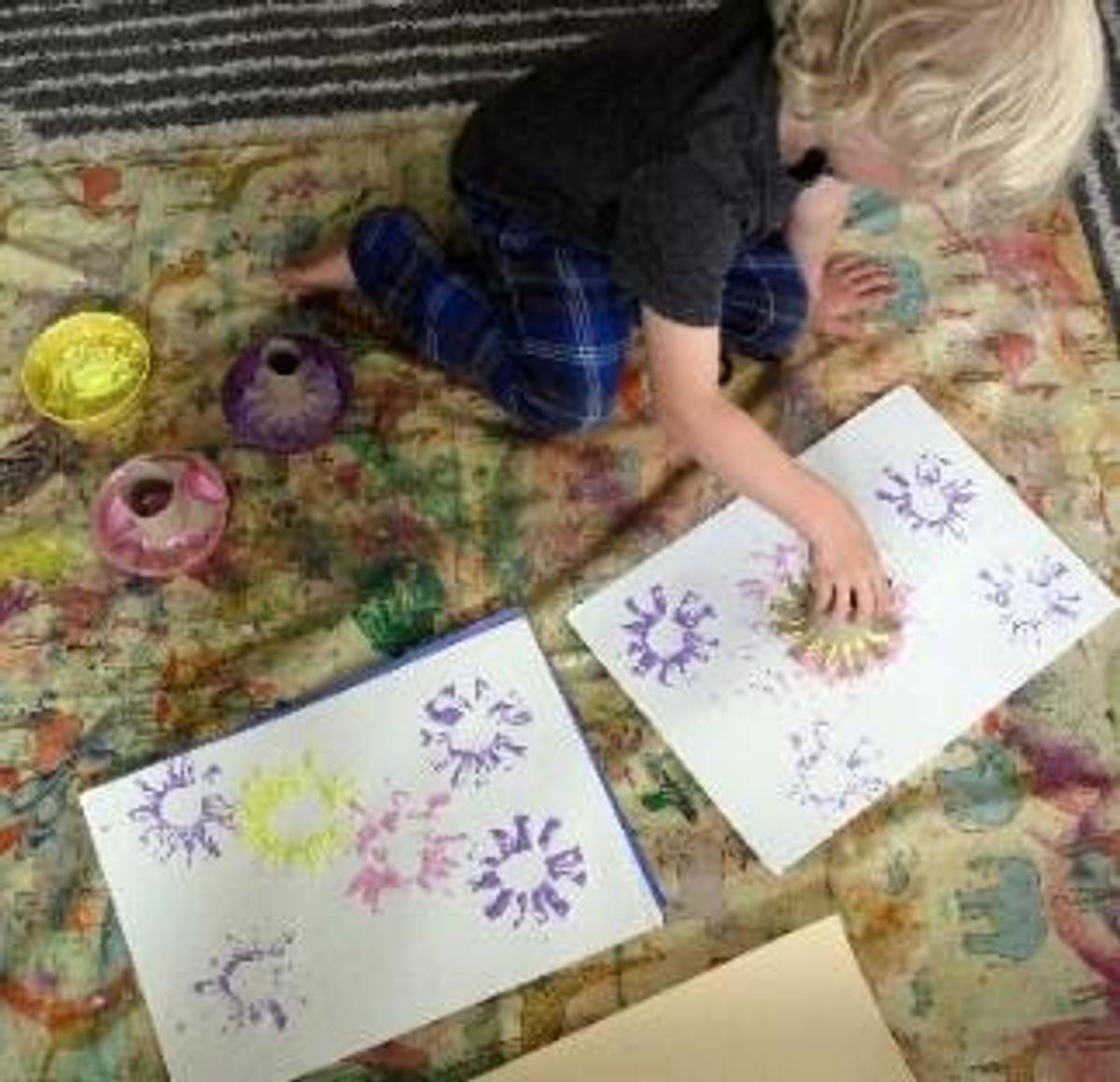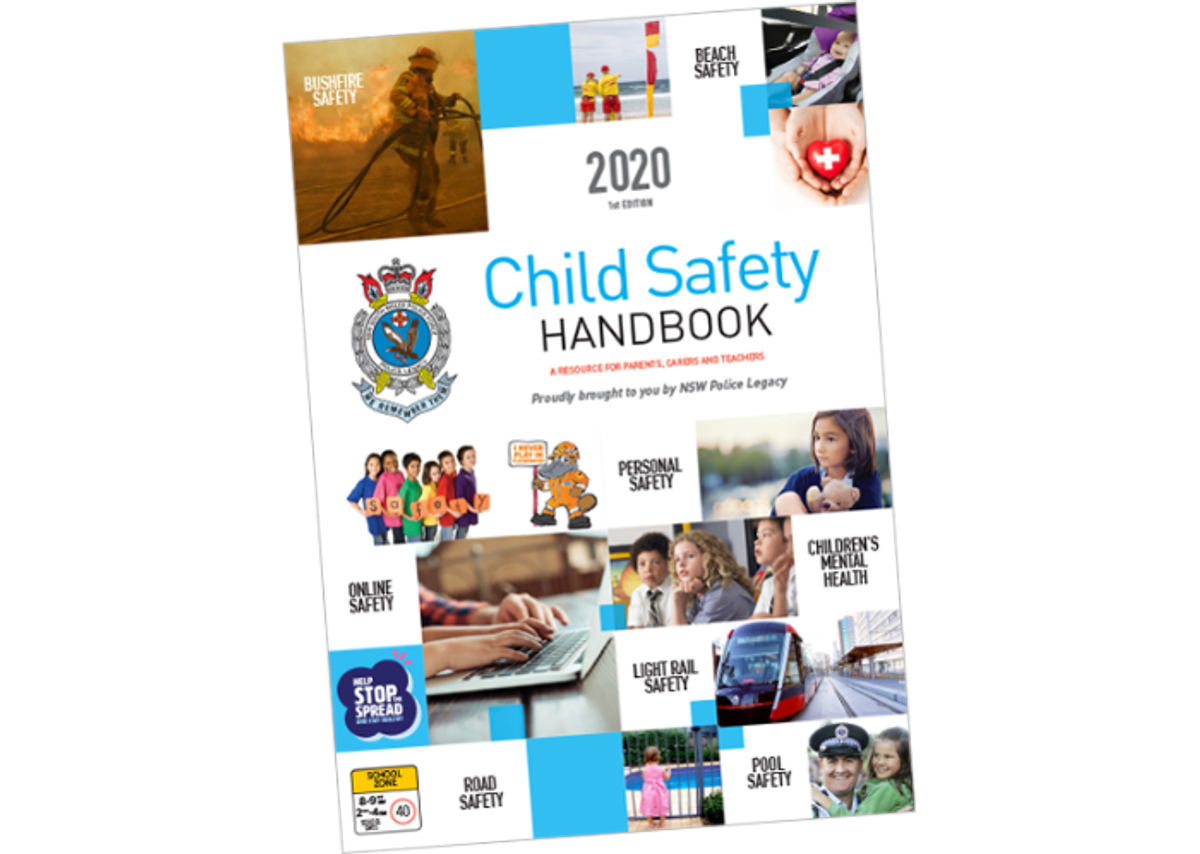Parenting Page

Why creating art with your children is important
The Conversation
February 19, 2021 12.51am AEDT
Many of us may be looking to art activities to keep children busy while at home. If you are, I want you to know that you are doing something positive for your children. From improving communication and motor skills to helping them develop a sense of self, there are many reasons why art making is valuable to children. That’s why it’s important to encourage such creativity from infancy and to include art alongside home learning and as an extension of their play.
When young children make art together with their caregivers, they share a new experience which can reinforce bonding. Creativity is an extension of babies’ natural desire to share and communicate. My research, in collaboration with Dundee Contemporary Arts, found that in art therapy the art making process encouraged behaviours that build strong relationships, such as eye contact, pleasant touch, shared goals, responsiveness. You may notice during art making that there is lots of joint attention – where you both look at the same thing together. This helps babies learn social skills, such as language and perspective taking, and feel connected to others.
There are further developmental benefits from experiencing new sensations and practising motor skills. Young children also see how they can make choices and communicate these to the grown ups around them. Even something as simple as choosing a colour or making a mark lets them see the physical outcome of their choices. This builds their feeling of agency and their sense of self.
Art making for children
These benefits continue through childhood. Art helps children to think in new ways, and to explore ideas – as the art and education academic, John Matthews tells us, scribbles are a process of investigation, not just random marks.
I advocate joining in the art making together with your child wherever possible. So, where to begin? The best creative activities are those which invite children to play and explore without set outcomes. Your role is to create the right conditions for them to engage and then to follow their lead. You may be surprised by their ideas. An invitation can be as simple as offering an interesting material and suggesting that they see what it feels like.
If you have small babies you can start with just a couple of blobs of paint on a large sheet of paper on the floor for them to explore on their tummy. Try home-made edible paints. Keep it short and have a nice bath ready!
Here are more ideas for creative invitations for all ages that use simple materials.
Printing
Printing transfers an image from one surface to another. Younger children can spread paint across the back of a baking tray, mixing to their fancy, then press a sheet of paper on top, making a print. Try the back of cupcake tins to get nice circular images.
Offer older children tools like cotton buds or a blunt pencil to draw into the paint on the baking tray, then print to transfer the design. Or they could add paper shapes or leaves on top of the paint before printing, like a stencil.
Stamping
Stamping uses an object to transfer paint to paper. Dundee Contemporary Arts have a nice video for children to create their own stamps from scrap card or sponges. For smaller children why not try using things from around the house as stamps? Anything which can be dipped in paint will work – potato mashers, cardboard tubes, spatulas, toy animals or cars.
Light and shadows
If you want some non-messy creativity try drawing with shadows. Spread a sheet between chairs, shine a light and let children experiment with their hands or holding up objects to see the shadow they cast. Older children may like to cut out figures or animals, tape them to cutlery or a pencil and use them to create an animation.
Remember, it’s not about producing perfection but allowing children to enjoy the process and sharing that with them. And, importantly, having fun.
Author
Postgraduate researcher in Psychology and Art Therapist, University of Dundee
Vicky Armstrong
Disclosure statement
Vicky Armstrong does not work for, consult, own shares in or receive funding from any company or organisation that would benefit from this article, and has disclosed no relevant affiliations beyond their academic appointment.
Partners
University of Dundee provides funding as a member of The Conversation UK.
View all partners
NSW Police Legacy Child Safety Handbook 2020
The “NSW Police Legacy Child Safety Handbook” is a comprehensive resource to assist parents, carers as well as teachers on a range of topics essential to child safety.
The handbook, now online, has been updated to include key messages about COVID-19 safety and bush fire safety given the unprecedented fires we experienced earlier this year.
The updated online edition (link below) also includes important content updates from: NSW Ministry of Health, NSW Police Force, Fire and Rescue NSW, Rural Fire NSW, Transport for NSW, Sydney Trains, NSW Department of Family & Community Services, eSafety Commissioner and NSW Office of the Children's Guardian.
Please click on the cover below to view the updated digital handbook:
Is your child OK?
How is your child going at the moment? In the busyness of life, perhaps still working from home due to COVID-19, and restrictions on many of your children's usual activities, some children may be struggling a little. Some of these apps might be useful for you in supporting your child's mental health.
Smiling Mind
Smiling Mind is a unique web and App-based program developed by a team of psychologists with expertise in youth and adolescent therapy, Mindfulness Meditation and web-based wellness programs. Smiling Mind is a free tool that will assist in improving the lives of young Australians, and is available online or as a smartphone App. Smiling Mind’s mission is to provide accessible, life long tools based on mindfulness meditation. Creating happier, healthier, and more compassionate young people.
Calm
Calm produces meditation products, including guided meditations, a book, narrated Sleep Stories, and health and meditation videos. Their primary product is the meditation app, available on iPhone and Android devices. The app aims to help users sleep better, boost confidence and reduce stress and anxiety, all with the help of guided meditations, soothing music, and bedtime stories.
How can you help your child recover after school?
Here are three essential things you can do to help your child with their learning and improve relationships.
- RELAXATION- give your child/ren time for relaxation. Plan some quiet time for recovery.
- SLEEP- make sure your child/ren are getting enough sleep. At least 10 hours is good. Good sleep improves your child's ability to retain memory and learning from the day. Watch this clip What Would Happen If You Didn't Sleep?
- EXERCISE - will help your chil/ren improve well being.
What can I do if my child is experiencing a problem at school?
by Michael Grose
Need Help with Devices and the Internet at Home?
The eSafety Commissioner website helps Australians to have safer, more positive experiences online. The site has a parent page that provides advice for parents and carers to help children have safe experiences online. eSafety Commissioner.
ADDITIONAL SHORT ARTICLES FROM 'PARENTING IDEAS'










